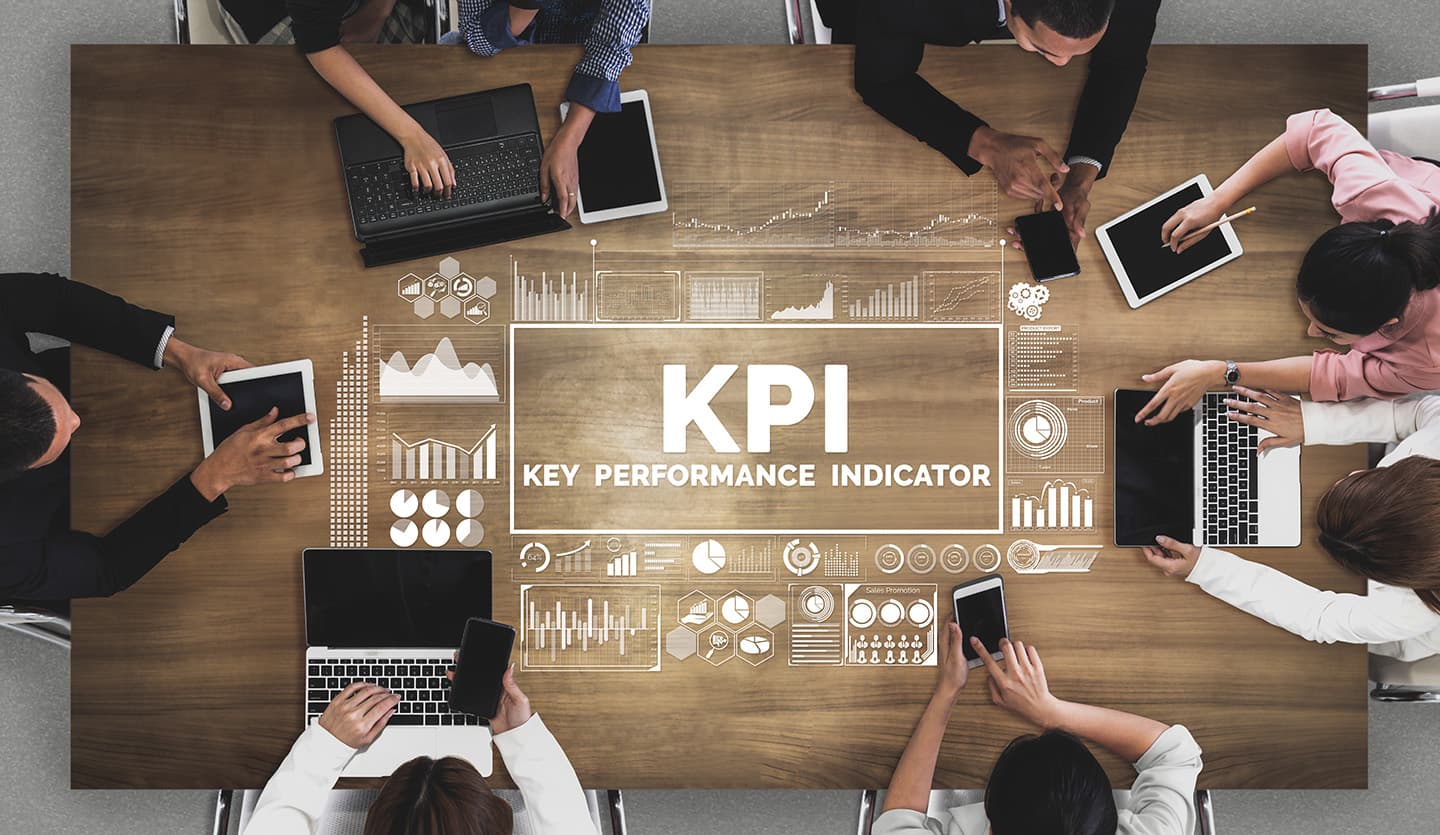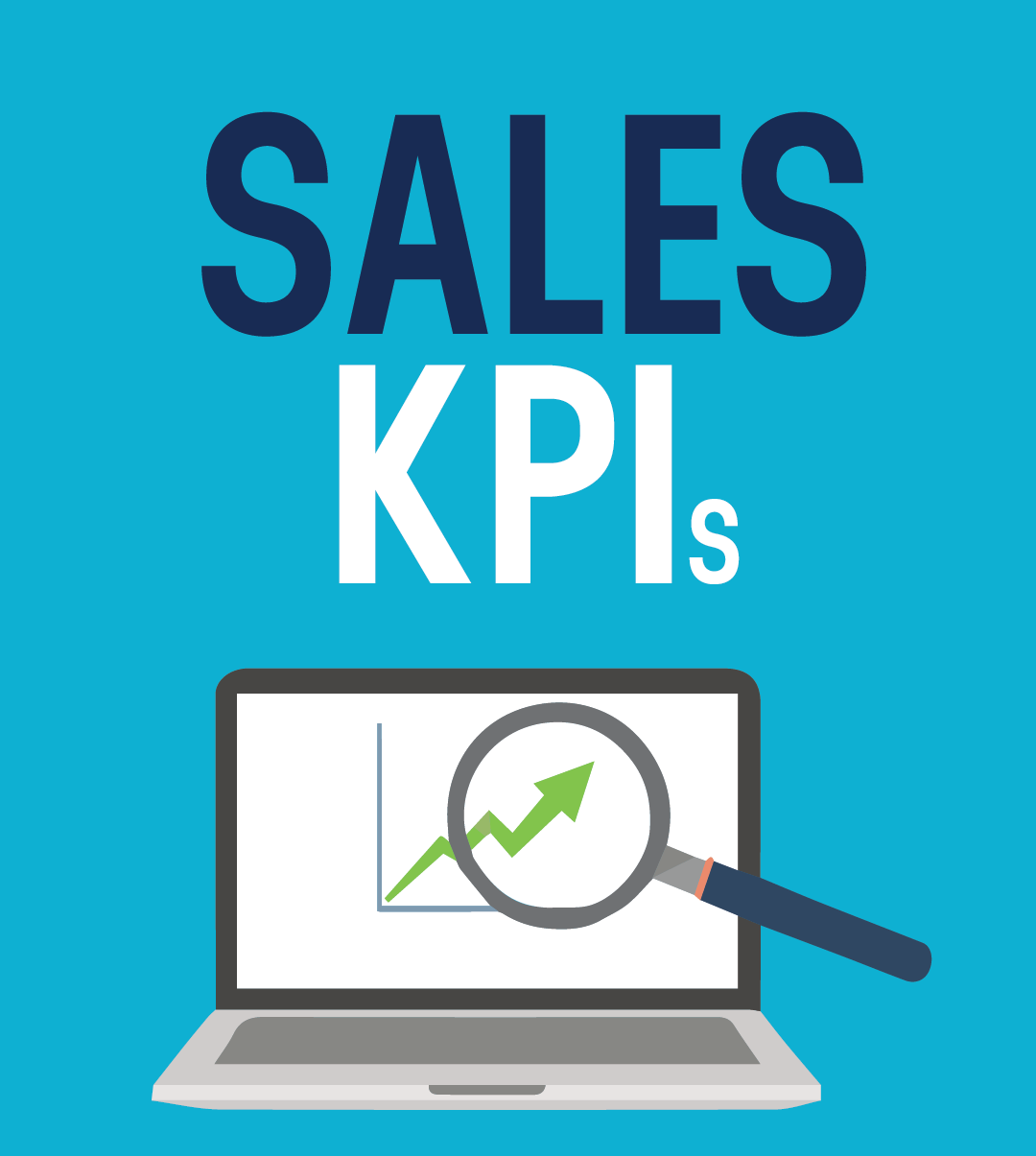General Overview:
Utilizing Key Performance Indicators (KPIs) to measure performance in logistics and supply chain activities ensures that you continually evaluate your operations and business against a fixed standard. This makes fluctuations and changes immediately visible to you, and if performance trends in the wrong direction, you can respond quickly. Once a specific key performance indicator indicates that performance consistently meets or exceeds the required level, you can raise the bar and set higher goals. For this reason, KPIs are essential for any business improvement strategy and particularly for logistics and supply chain activities. When measuring the effectiveness and cost of the supply chain, you’ll need to prepare and monitor key performance indicators that help you accurately assess business operations on a digital basis, away from personal evaluations or biases for or against what has been achieved.
Target Audience:
- Individuals working in logistics and supply chain activities
- Supervisors and managers in logistics and supply chain activities
Topics to be Covered:
Planning for Demand and Supply
- Anticipating demand and supply needs
- Forecasting with modern methods based on the nature of each product
- Demand planning based on the nature of the products
- Planning requirements
- Controlling demand periods
- Balancing demand and supply
- Sales and operations planning
Purchasing and Supplier Operations
- Supplier selection
- Supplier performance evaluation
- Average procurement time
- Volume of disputed invoices
- Volume of purchase orders fulfilled by preferred suppliers
- Purchase order cycle time
- Percentage of invoices due for payment without purchase orders
- Average number of amendments to orders
- Average number of responses received to requests for quotations
- Percentage of purchases according to purchasing policies and procedures
- Percentage of suppliers responsible for 80% of expenditure
- Volume of emergency purchases
- Percentage of suppliers (preferred) not used in the last 12 months
- Average order value
- Rate of addition of qualified new suppliers
- Spending rate per supplier
- On-time delivery, commitment date, supplier
- Percentage of qualified accredited suppliers
- Number of official disputes with suppliers
Warehousing
- Evaluation criteria for warehouse quality
- Evaluation criteria for warehouse productivity
- Evaluation criteria for warehouse response speed
- Compliance criteria for receiving, shipping, and storage regulations
- Measurement/accuracy of ideal order
- Inventory accuracy
Inventory Management
- Inventory levels
- Economic order quantity for each order
- Turnover rates
- Method of calculating safety stock
- Order point and reorder quantity
- Inventory accuracy
- Inventory classifications
- Average inventory age
- Inventory costs and comparison to plan
Logistics
- Customer order cycle time
- Percentage of orders delivered
- Percentage of orders with damaged products/items
- Damage as a percentage of productivity
- Empty spaces in the shipping process
- Total transportation cost as a percentage of sales
- Percentage of items equipped with RFID technology
- Percentage of orders delivered with damaged products/items
- Shipping cost per shipped unit
- On-time delivery and receipt [loading, stopping, shipping]
- Transportation lead times compared to the plan
- Accuracy of shipping invoices
- Consolidation of shipments on time
- Damage as a percentage of productivity and sales






